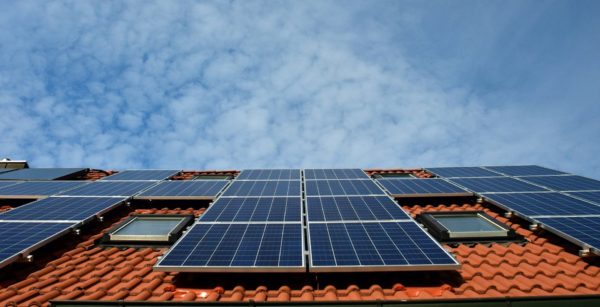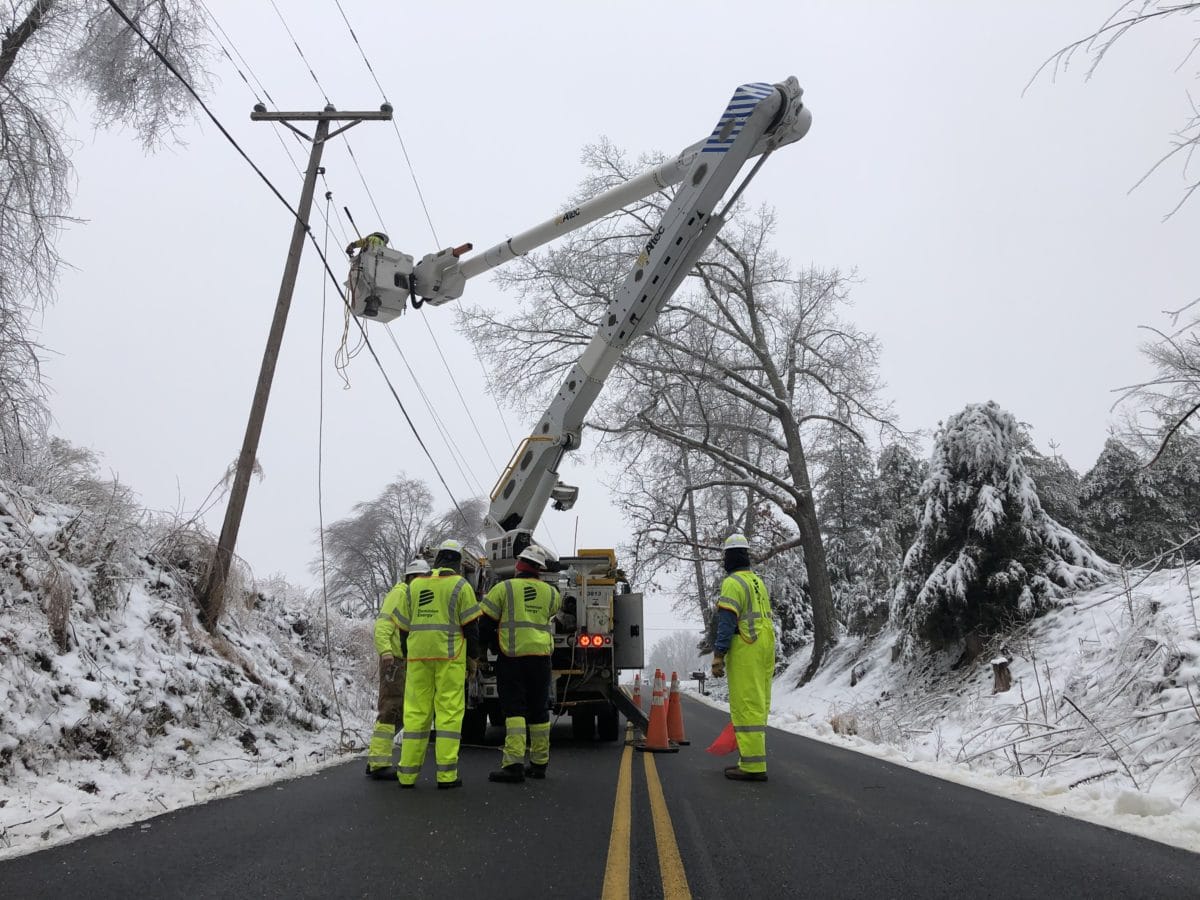Utility members of the Southeast Energy Exchange Market (SEEM) asked the Federal Energy Regulatory Commission (FERC) to approve an automated, intra-hour energy exchange that they said could lower costs and optimize renewable energy resources.
The new SEEM platform is intended to facilitate sub-hourly, bilateral trading. It would allow participants to buy and sell power close to the time the energy is consumed, making use of available unreserved transmission. The platform would extend an existing bilateral market platform.
SEEM members said the new design would result in cost savings and improved resource integration.
Founding members of SEEM are expected to include Associated Electric Cooperative, Dalton Utilities, Dominion Energy South Carolina, Duke Energy Carolinas, Duke Energy Progress, Georgia System Operations Corp., Georgia Transmission Corp., LG&E and KU Energy, MEAG Power, NCEMC, Oglethorpe Power Corp., PowerSouth, Santee Cooper, Southern Company and TVA.
Storms disrupt 30,000 MW in ERCOT
The Electric Reliability Council of Texas (ERCOT) said it entered emergency conditions and started rotating outages at 1:25 a.m. February 15.
About 10,500 MW of customer load was shed at the highest point, enough to serve around two million homes.
The grid operator said that extreme weather conditions caused many generating units – across fuel types – to trip offline and become unavailable. It reported more than 30,000 MW of generation had been forced off the system.
“Every grid operator and every electric company is fighting to restore power right now,” said ERCOT President and CEO Bill Magness.
PNM shareholders OK merger
A reported 93% of participating PNM Resources shareholders voted to approve a merger agreement with Avangrid. Under terms of the merger, PNM Resources shareholders would receive $50.30 in cash for each share of PNM Resources common stock held at closing.
Clearances under the Hart-Scott-Rodino Act and the Committee on Foreign Investment in the United States (CFIUS) have already been received. Approvals are still needed from the Federal Communications Commission, Nuclear Regulatory Commission, Federal Energy Regulatory Commission, Public Utility Commission of Texas, and New Mexico Public Regulation Commission.
PNM Resources said it expects the merger to close in the second half of 2021.
For DERs it’s all about location
The value of distributed energy resources (DERs) largely depends on three things: Location, location, location.
That’s according to a new Berkeley Lab report, Locational Value of Distributed Energy Resources, which explores economic valuation and regulatory considerations for assessing locational value.
DERs can provide significant benefits to the grid by generating electricity or controlling or reducing electricity consumption, avoiding some types of electricity system costs. The potential value of a DER at a specific location on the grid depends on its capability and potential costs it can avoid at that location.

Image: Pixabay
The report focuses on potential DER benefits for distribution systems, primarily in their role as non-wires alternatives to defer, mitigate, or eliminate the need for some traditional system investments at locations where distribution capacity is insufficient to meet expected future needs. DERs that avoid distribution system losses also may reduce transmission system losses and generation capacity needs. These reductions may have other benefits, including achieving goals for greenhouse gases and other air pollutants.
The report said that as solar panels cover more rooftops, and as buildings with load controls and storage provide more grid services, understanding the value of distributed energy resources is increasingly important. However, few utilities and states currently consider their value at specific points on the electric system in planning, procuring, and designing DER programs and rates.
In addition to analyzing DERs as potential alternatives to specific traditional distribution system projects, the report said that utilities can conduct systematic studies of the locational value of DERs to better understand where to target DERs, calibrate incentive levels, reduce load growth for specific areas of the distribution system, and reduce the need for traditional distribution system upgrades. These studies can become a routine part of the utility’s distribution planning process. Information also can be used for DER programs and rate designs.
The report includes 24 case studies to illustrate how states and utilities are considering the locational value of DERs.
Dominion recovers from ice storm
Dominion Energy Virginia said its crews are working to restore power after more than 48 hours of freezing rain and ice brought “significant damage” to parts of central and southern Virginia, including broken poles and hundreds of downed power lines. The utility said the ice storm was the worst since 2000. Restoration efforts were underway over the weekend and the utility said the “vast majority of customers” were expected to be back online by Tuesday. More than 290,000 customers had lost power since 4 a.m. February 13.
Updated on February 15 to include news of ERCOT outages.
This content is protected by copyright and may not be reused. If you want to cooperate with us and would like to reuse some of our content, please contact: editors@pv-magazine.com.









By submitting this form you agree to pv magazine using your data for the purposes of publishing your comment.
Your personal data will only be disclosed or otherwise transmitted to third parties for the purposes of spam filtering or if this is necessary for technical maintenance of the website. Any other transfer to third parties will not take place unless this is justified on the basis of applicable data protection regulations or if pv magazine is legally obliged to do so.
You may revoke this consent at any time with effect for the future, in which case your personal data will be deleted immediately. Otherwise, your data will be deleted if pv magazine has processed your request or the purpose of data storage is fulfilled.
Further information on data privacy can be found in our Data Protection Policy.